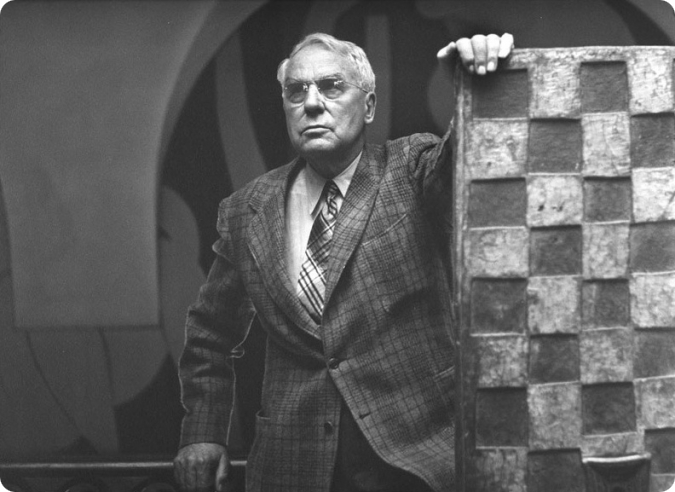
Imagine, you are an art lover and through the years you have managed to acquire a beautiful art collection consisting of 9000 pieces. These pieces are not simple paintings you managed to buy on some market, but are actually made by famous painters. You bought them when the art world wasn’t very interested in their work yet. You have managed to get 181 paintings by Renoir, 69 Cézannes, 60 pieces by Matisse, 44 Picassos and 14 Modiglianis. It also happens that those works are amongst the best those artists made. Total worth: 25 billion dollars. Despite that you are not interested in selling any of it and also don’t want other museums to temporarily show them. You have decided to show all the paintings in a special building and make it an art school so only a few people can see them and learn about them. That is exactly what Albert C. Barnes had managed to realise during his life.
He owned the most impressive art collection in the world and only wanted those who could really appreciate the art to see it. He did not want art to be seen as something to sell tickets and make money. In his will he made a few things clear: After his death the art could not be taken from the wall and be sent to a museum. His “Barnes foundation” would remain an educational institution, which would only be open 2 days a week. But with such an impressive collection would his will be respected? Continue reading
